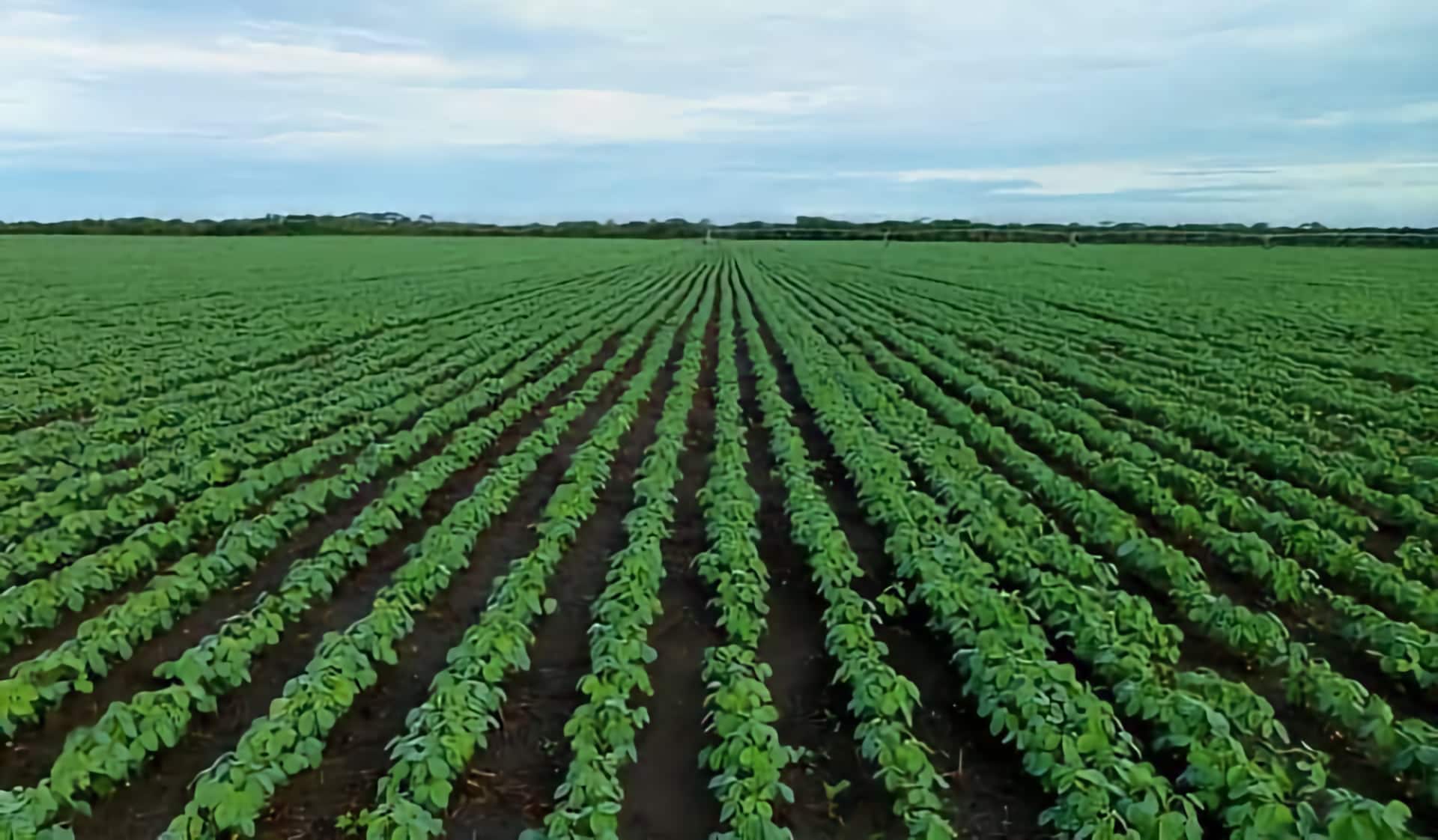Confused about the Dicamba Ruling? Jason Hanson a.k.a the 'Rock-n-Roll Agronomist' weighs in to help you better understand this change.

The 9th Circuit Court of Appeals has ordered the U.S. Environmental Protection Agency (EPA) to vacate the registration of three of the four dicamba products that had previously been approved for use on dicamba-tolerant (DT) soybeans.
The rule went into effect June 3, 2020, which means farmers cannot apply and the manufacturers cannot sell these products: XtendiMax with VaporGrip Technology (EPA Reg. No. 524-617), Engenia Herbicide (EPA Reg. No. 7969-345), DuPont FeXapan with VaporGrip Technology (EPA Reg. No. 352-913).
Likely, there will be legal challenges to the rule, but historically, challenges of this nature take time and time is a luxury most growers don’t have when it comes to effective post-emergence application this spring.
Q&A with The Rock-n-RollAgronomist

Jason Hanson a.k.a the "Rock-n-Roll Agronomist" provides agronomic services in the Devil’s Lake region of North Dakota. With many soybean growers as clients, he’s staying on top of this topic and we appreciate him taking time to answer a few questions for us.
What does this ruling mean to soybean growers?
On June 8, the EPA issued a key order that provides some clarification for the ruling. It basically says if you have it [any of the three named labels] you can spray, if you don’t have it, you can’t get it. Syngenta’s Tavium is the only formulation left to use. It also means that a farmer spent more money for an Xtend soybean trait that is now essentially a RR2Y trait.
Does the ruling by the 9th Circuit Court affect any other group 4 herbicides?
No. It just named Xtendimax, Engenia and FeXapan. Syngenta’s Tavium, a slightly different dicamba product, was not listed as having its label vacated.
What makes Dicamba such an attractive herbicide?
It’s very effective on marestail and kochia in particular. There are other options for kochia, but marestail really doesn’t have an option unless you planted Enlist soybeans instead. Dicamba also has soil residual activity so it can give post and residual weed control.
What alternative herbicides would you recommend?
That will depend on your weed spectrum. For kochia, that would include Flexstar, Flexstar GT and other brands of fomesafen. Flexstar needs high water volumes, small weeds and has some rotational restrictions for 2021. If the issue is waterhemp, then products like Flexstar, Cobra, Avalanche Ultra can be used but also lay-by products like Dual, Outlook, Warrant and Zidua can be used. Most of these products are very weed- specific and not very broad spectrum. There are alternatives, but not as efficacious in some situations.
How does information like this get to farmers? Were most aware that this was even a court case?
I saw it first as a text message and then went to Twitter. It exploded after that. Manufacturers sent info to distributors, who sent to their retail partners, who sent info along to their farmer clients. I don’t know if many people at all even knew this was a court case, but with all the jury trials being conducted in California, it didn’t seem too unexpected when looking back. At the time it happened it was very unexpected.
Given the timing, wouldn’t many growers already have purchased their herbicide or selected seeds based on their post-emergence plans?
The seed was mostly bought and paid for between December and February. But acres and plans change, so there are still decisions that take place right up to planting. Some of these dicamba products were already sprayed with the soil residual products, and some farmers had taken needs for the spray season. Very few farmers have time to keep track of this, especially this year with the late planting and wet field conditions.
What are you telling your growers?
When I first saw this, I read through it a couple times and sent them all a text that we couldn’t use dicamba over the top legally. But the next day the ND Dept. of Ag issued their 24c Special Local Needs registration, so I texted them we could use it legally, as of right now, unless something changes. That remains true with the June 8 clarification by the EPA. All in all, this is a reminder of why it is critical for the use of pre-emerge herbicide programs. If you get a product that this happens to or shortages, you have to keep the field clean to start.
Any other advice you have for soybean growers?
Keep in constant contact with your crop consultant or ag input supplier on developments. If the law changes, abide by the law. If it doesn’t change, abide by the law. Doing off-label applications gets this technology banned for good.





